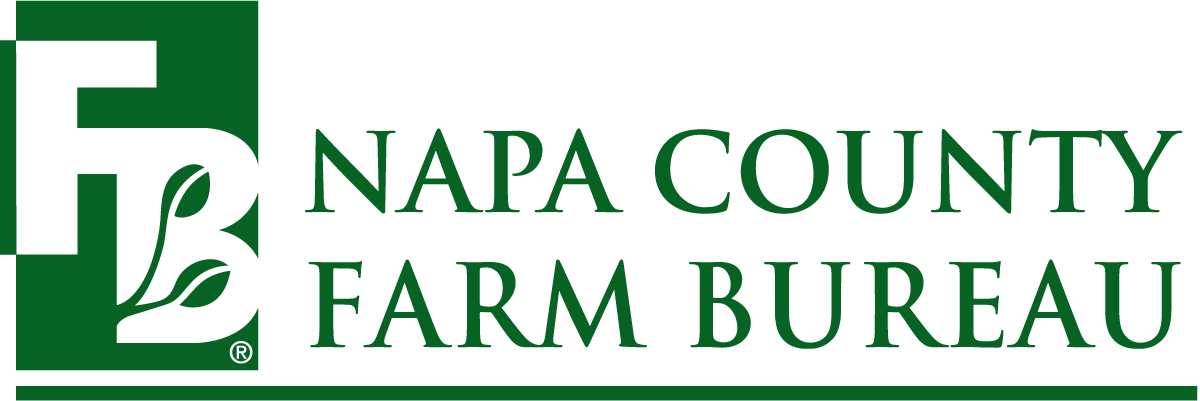Napa Valley Register: New Coverage Options for Ag
Napa Valley Register - January 25, 2022
By Sam Jones, Napa Valley Register
Beginning Feb. 1, the Fair Access to Insurance Requirements (FAIR) Plan will begin offering expanded insurance options for commercial farms and vineyards, coming to the aid of Napa County ag workers impacted by and fearful of wildfire damage.
After multiple growing seasons were soiled by fires, California Insurance Commissioner Ricardo Lara – who ultimately greenlit the approval of the plan – and local agricultural lobbyists have been addressing the state's outdated insurance laws leaving farmers under- and uninsured.
The passage of Senate Bill 11 last summer was a good start in addressing the insurance gap, and in this past year alone, Lara has used this support to make a series of moves increasing maximum coverage limits for ag businesses, incentivizing fire mitigation practices and more.
This most recent action made by the Department of Insurance thus solidified this progress, and now, after the approval by Lara, farm owners, vintners and other outdoor businesses previously ineligible for proper insurance will be able to access these amended coverage plans starting in February.
And while a few loose ends will need to be tied up further down the road and later changes are expected – the Department of Insurance didn’t want to further delay approval – ag lobbyists like the Napa County Farm Bureau are optimistic about the new coverage options.
“Most noticeable will be the increased coverage limits for ag businesses in Napa Valley and throughout California,” said Ryan Klobas, CEO of the Napa County Farm Bureau.
In November 2021, Lara made an order to increase maximum coverage limits for the ag sector after nearly 25 years of stagnant rates, and ultimately raised the limit for commercial properties under the FAIR Plan from $4.5 million to $8.4 million. (When you break it down, this increase means that coverage limits for structures will inflate from $3 million to $5.6 million, and personal property coverage will jump from $1.5 million to $2.8 million.)
“This is particularly notable given these limits have not seen updates in decades,” said Klobas. “[And] while this won't give everyone 100 percent coverage, the increased numbers will allow much more risk to be properly protected.”
And as important and necessary as this action was for those in fire-vulnerable areas, it is worth noting that the FAIR Plan was created as and still remains a “last resort” option for those seeking coverage.
“The FAIR Plan is not supposed to replace the regular marketplace, and the FAIR Plan is not a pathway to competition that will create a healthy market,” said Klobas. “A great next step will be to think about how the FAIR Plan policyholders make their way back into the regular market.”
Rather, the FAIR Plan is supposed to buoy the ag economy – which California, and especially Napa Valley, thrives on – instead of serving as a long-term solution to fire-related risks.
“This approval means California’s FAIR Plan can do its job, and add much-needed protection for those farmers and ranchers that have found their insurance policies canceled or non-renewed,” said Jamie Johansson, president of the California Farm Bureau Federation. “[Because] given the current wildfire challenges facing California, our agricultural community is fearful of what may happen this year without this additional coverage.”
This sentiment is similar at the Napa County Farm Bureau, hence Klobas’ heavy handed approach to advocating for the county’s ag workers in policy matters.
“Commissioner Lara has visited Napa Valley several times with the Farm Bureau hearing from member wineries, vineyards and farms on the need to fast track this expansion,” he said. “In Napa Valley, many ag businesses have faced difficult decisions about how to operate their business in the face of unmanaged or under-protected risk … Without insurance in place, the ability to even move forward with regular financing would have presented a challenge for a number of ag businesses.”
But now, due to these actions taken by Lara, ag businesses that are typically left underinsured will now have better access to options to protect their property.
“Agriculture is critical to our continued economic recovery,” said Commissioner Lara. “That’s why when leaders in this sector first shared their challenges in getting insurance coverage, we listened.”
Learn more about coverage options at cfpnet.com
